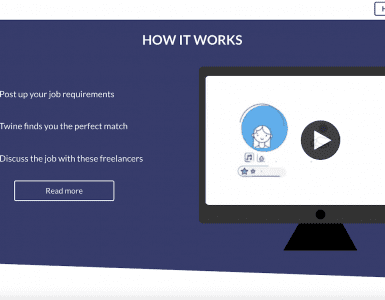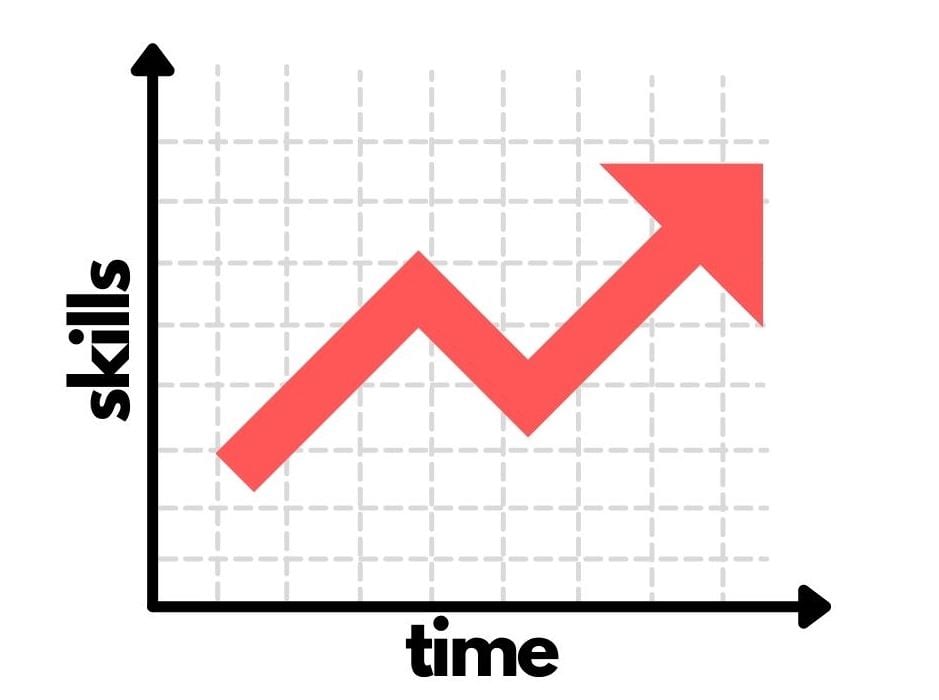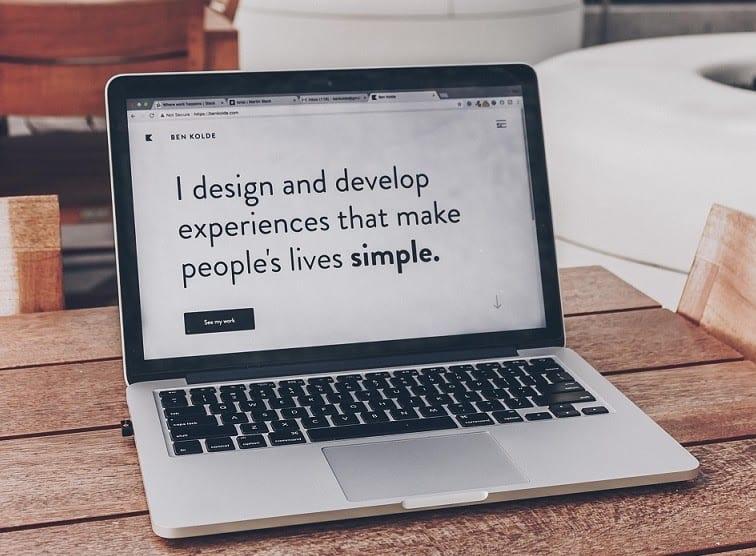Creative content can be a huge boon for your business. For instance, a well-crafted explainer video can increase engagement and drive conversions, whilst logos and other design work can do wonders for brand awareness. But if you’re not a creative yourself, it can be difficult to see the big picture and explain what you want when hiring a freelancer. So what happens? You end up writing a vague brief that doesn’t really help anyone (pro tip: “I need a modern logo” isn’t enough for your freelancer to go off.) This can cause a whole lot of frustration. Your freelancer isn’t 100% clear on what you’re asking for, and so you end up getting a result you’re not happy with. And then they end up doing endless revisions whilst you slowly figure out what it is you wanted in the first place!
So how do you make sure you know exactly what you want, and can communicate that effectively?
In this article, we’ll talk you through visualising the end result and what it will help you achieve, so that you can give your freelancer a clear map of what you want.
Planning your content
Before you even think about looking for a freelancer, you need to have a solid understanding of what you’re looking for. If you’re getting content for your business, you’ll probably need to work backwards and figure out what results you’re hoping to get from the project. For instance, you might have an overall business goal of driving traffic and conversions, that will be helped by creating an explainer video for your home page.
However, you know more about your business than the person you’re hiring does. So you need to figure out the sticking points that a potential customer might have, and how you can help them with that in your video. You can’t expect your freelancer to solve your business problems and create a video at the same time.


The same goes with design projects. If you’re having a logo created, you need to figure out what key ideas and concepts you want it to communicate. Your freelancer doesn’t know your brand well enough to get this bigger picture, so it’s information you need to give them. Of course, you’ll also want to have an idea of what you want the end result to look like. Before posting up a brief, have a clear idea of what sort of styles and colours you’d like your freelancer to explore. Have a look at other logos you like, and what about them works. You can then incorporate this research into your brief and provide sample images to give your freelancer a hand.
Ultimately, no matter what the content is, you don’t need to have an enormous technical understanding. You just need to know what you want your content to achieve, along with clear ideas on how you’d like it to look. This might sound simple, but you’d be amazed at how many people don’t give anywhere near enough detail and turn a simple project into an ordeal. By planning like this and having clear goals in mind, it’ll also be easier for you to analyse the content’s performance and calculate its ROI.
Writing your brief


Once you’ve done your research, you need to get it written down clearly in a project brief. How you approach this can make or break a freelance project, so take some time over it. You should break down the project requirements in as much depth as possible. Here are some of the things you’ll need to include:
- A description of your business and what you do.
- A list of deliverables.
- Timeline.
- Approximate budget
- Preferred styles, including reference images and videos.
- Overview of the goals & what you want the content to achieve.
If you’re struggling, get inspired by our sample briefs:
Your job doesn’t end when you’ve handed over the brief. Your freelancer will probably have questions about the brief that you’ll need to clear up. You might think it’s easier to just leave it to them, but avoid being vague. In particular, don’t fall into the trap of just telling your freelancer that it’s up to them when they ask something, because you won’t be happy if it doesn’t turn out how you wanted. Complaining about a result after giving a creative free reign is a great way to get yourself blacklisted by them.
Handling revisions
Sometimes, despite your best efforts, a project doesn’t come out 100% right. But you can avoid a disaster by catching this early on so it doesn’t throw the whole project off kilter. A few small changes throughout the project can save you a massive overhaul at the end.
You should handle revisions in an organised way. Arrange regular meeting where you can suggest revisions, and make sure you’re getting frequent updates off your creative to avoid disasters later down the line. This is the best way to keep your project on track, and make sure all your planning pays off!
Want to know more about managing freelance projects? Download our ultimate guide to managing freelancers (it’s completely free!)







